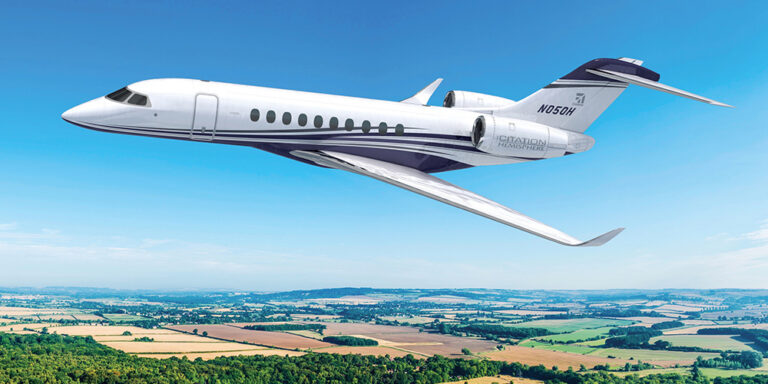Orlando, Florida, 31 October 2016 — Safran Aircraft Engine today announced at the NBAA convention that its new-generation Silvercrest business jet engine has been selected by Cessna Aircraft Company to power the future large-cabin Citation Hemisphere long-range business jet. The Hemisphere will offer a range of 4,500 nautical miles and is targeted to make its first flight only in 2019. The same engine type has earlier been selected by Dassault Aviation to power the Falcon 5X.
Now almost in final stage of a protracted development which has spanned the whole decade, the Silvercrest jet engine incorporates the latest advanced and field-proven Snecma technologies. Said by Safran AE to offer unrivaled performance in its category in terms of propulsion efficiency, reliability and environmental friendliness, this new French-produced engine should empower operators of large and long-range business jets, with excellent speed, range, field performance, and direct operating costs. The Silvercrest will offer 15% better fuel efficiency than any other powerplant in the 12,000-lbs thrust category.
This completely new engine integrates ForeVision, an advanced health monitoring system expected to provide insight into the condition of the powerplant. Using advanced analytics, it should allow operators to proactively manage maintenance actions ensuring the best availability of the turbofan engine.
“We are very pleased and very proud to have been selected by Cessna,” said Olivier Andriès, Chief Executive Officer of Safran Aircraft Engines. “Cessna‘s decision to select the Silvercrest engine is a strong vote of confidence and confirms our strategy of developing a brand-new engine, purpose-designed for premium business jets. The Silvercrest is setting a new performance standard in this market and will allow the Citation Hemisphere to go higher, faster and further. This selection is also an exciting milestone for our teams, who have been putting the best of themselves and of Safran’s know how in this fantastic engine”.
The engine has already demonstrated excellent operational performances, through more than 6,000 hours of tests, including 600 in flight, and over 170 flights in all. Tests are proceeding, leading to an expected engine certification in the spring of 2018.


